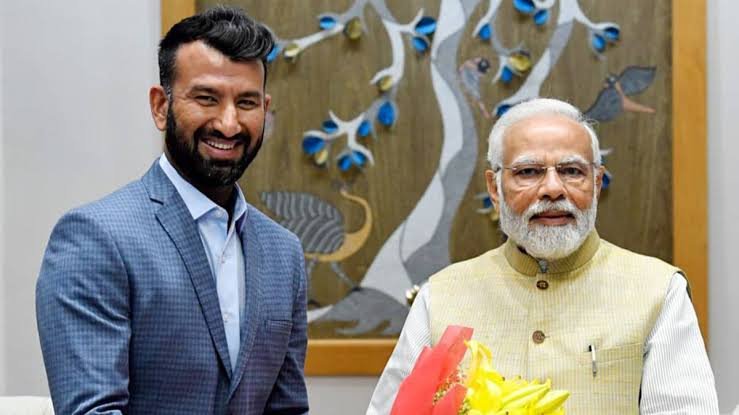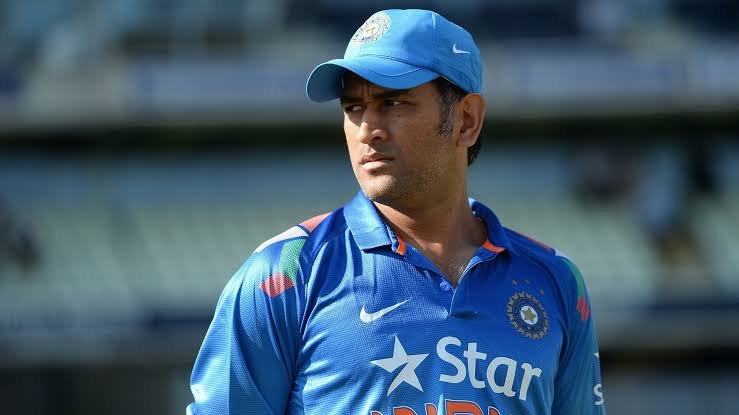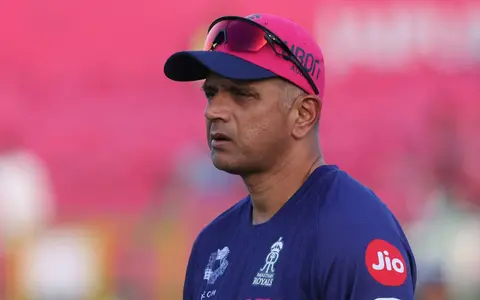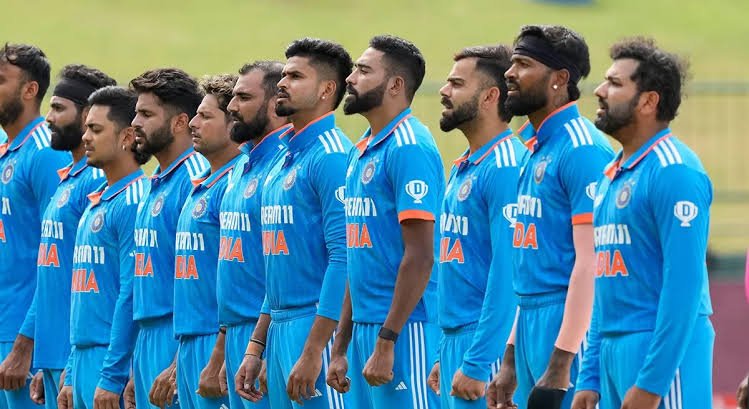|
By Saurabh Nagpal
Several days have passed since the Indian team pulled off that magical victory and breached Australia’s bastion, the Gabba – the commonly known name of the Brisbane Cricket Ground – for the first time after 32 long years. In a way, India didn’t only beat the Aussies in their bulwark but also demystified the fear surrounding the Gabbatoir. The hangover of that feat of gigantic proportions hasn’t left and isn’t likely to go away anytime soon. Even when the discussions and retellings of this series die down, the memory of this sporting event will forever remain enmeshed in the hearts of cricket lovers. There are many reasons why this series was so special, maybe too many, and one of them is the numerous small yet significant parts played by almost every member of the team, the stories within the story, the performances that might not end up as the big headline but were vital in every sense of the word. Indian team’s unified effort that helped them beat the Aussies in a Test series in their own backyard for a second time running epitomizes the old saying: “Many a little makes a mickle”. There were many iconic, match-changing performances for the Indians but no single, dominating one-man-show in batting and bowling departments that guided the team home. It is telling that in a series clinched by the Indian team the leading run-getters and wicket-takers were from the losing side. Marnus Labuschagne, with a tally of 426 runs at an average of 53.25, was followed by Steve Smith, who scored 313 runs at an average of 44.71, at the top of the batting charts, while the player of the series, Pat Cummins, with 21 wickets at an average of 20.04, and Josh Hazlewood, with 17 scalps at an average of 19.35, dictated the bowling charts. Another noteworthy stat is that throughout the four-match series the Indian batters managed to score only one century among themselves which was by Ajinkya Rahane in the second game at the Melbourne Cricket Ground. Usually, it’s almost unthinkable for a team to cap an away Test series win without banking on a few of their batsmen to score a ton load of runs. Ricky Ponting stated that it was India’s knack of eclipsing the Aussies in the defining moments which turned the tide to their side and helped them overcome the hosts in a tightly contested series. Often, in these pivotal moments or moments of dire need, at different times, different players or a group of players like a collective came to the team’s rescue. Coming into the Boxing Day Test on the back of an embarrassing batting display coupled with the loss of Virat Kolhi, Ajinkya Rahane played one of the greatest innings of his life, anchored India’s sinking ship, and deservedly stole all the headlines. Yet, at the same time, it’s important to remember the worth of helping hands played by Shubman Gill, who bagged 45 runs in his debut innings, and, more eminently, Ravindra Jadeja’s contribution of 57 that also enabled Rahane to flourish. The bowling unit, led by Jasprit Bumrah and Ravi Ashwin, worked like a well-oiled machine and didn’t let the hosts cross the 200-mark twice. But again, one must not underplay the ease with which Mohammed Siraj took to international Test cricket as he grabbed five wickets in the game and never let the Aussie batsmen off the hook. In the third Test in Sydney, the hosts bounced back and kept the Indians under the scanner for almost the entirety of the game. A mammoth target of 407 was set for the visitors. To avoid defeat, the Indian batters needed to play out more than 130 overs on a fifth-day pitch. And avoid defeat they did. A colossal cumulative effort was put in by the injury-hit batting department where each batsman in their own style made crucial contributions to make the Great Escape a reality. A special mention must also be given to Jadeja who despite suffering an injury halfway through the game had a big say in the outcome as it was his four wickets in the first innings and the brilliant runout of Smith that prevented the hosts from running away with the game in the first place. If the performance at Sydney was grand, then what the makeshift Indian team pulled off at the Gabba was truly earth-shattering. Evidently, Pant and Gill were the starlets of the epic chase. However, the Indians would have found themselves no way near a winning position if it wasn’t for Washington Sundar and Shardul Thakur’s seventh-wicket stand of 123 runs in the first innings under adverse conditions. Similarly, the way Cheteshwar Pujara complemented Gill, wore down the bowlers, and played 211 balls for his innings of 56 on the final day, he manufactured a secure platform for the likes of Rahane and Pant to go for the kill. Even Natarajan and Sundar – two bowlers who originally were with the squad as merely net-bowlers – didn’t look out of place as they augmented the likes to Siraj and Thakur to take center-stage. Certainly, this edition of the Border-Gavaskar trophy would find a special place in cricket folklore. The manifold and diversified narratives that this series comprised of stitched together a grander narrative that would prove to be unforgettable for most cricket fans, especially the Indian fan base.
|
|
|





